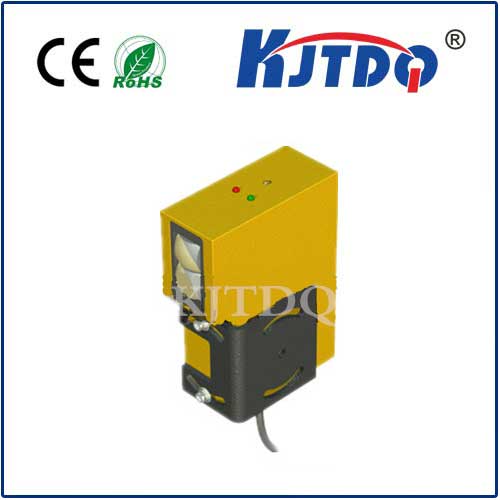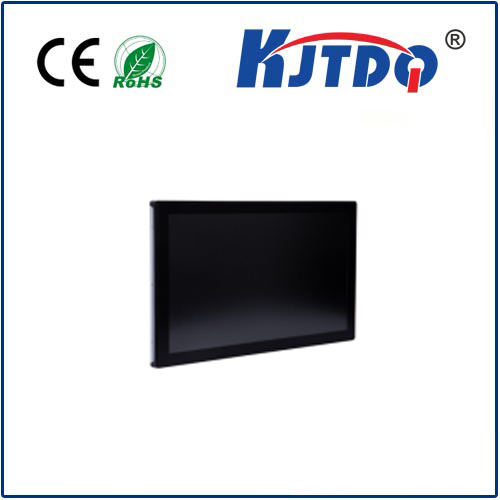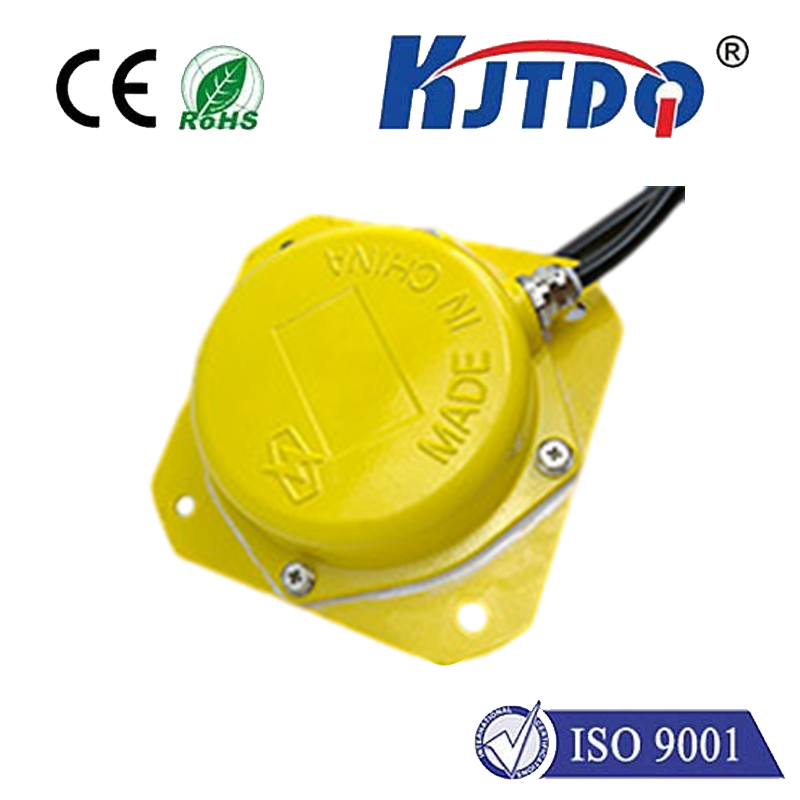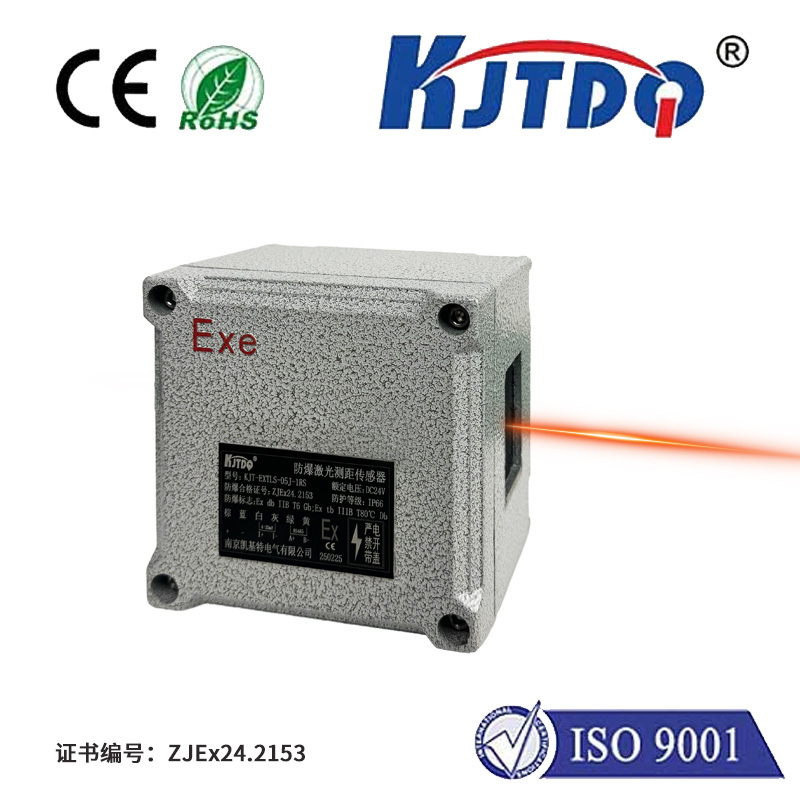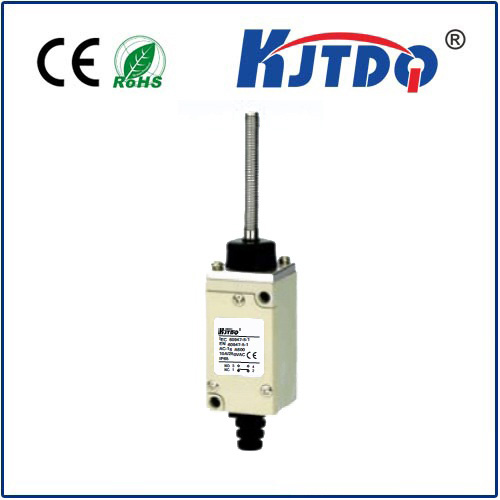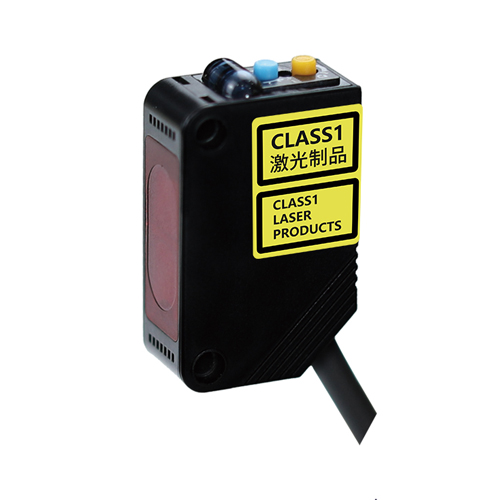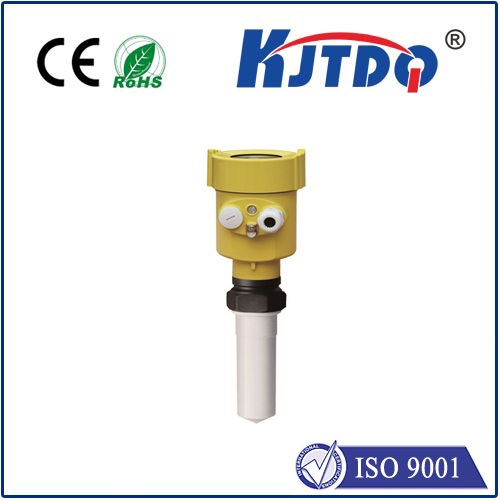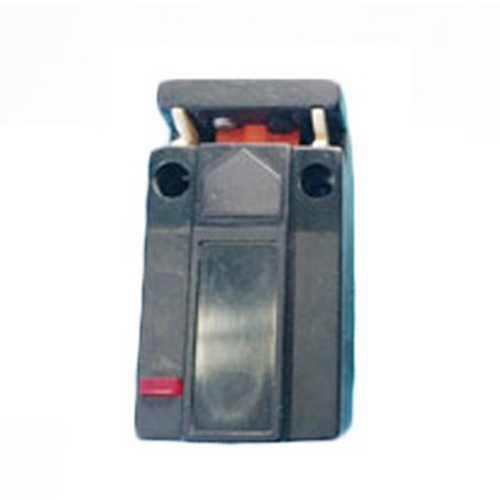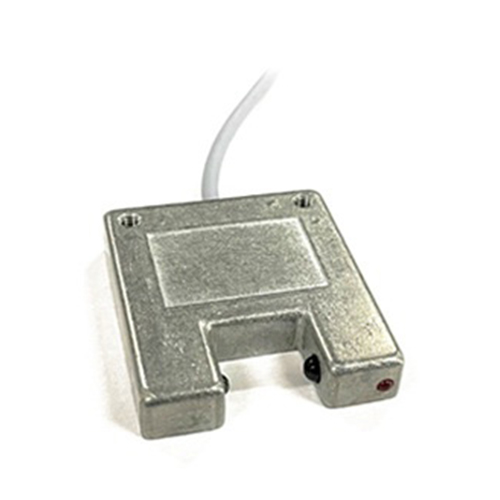e2e series proximity sensor
- time:2025-09-07 04:24:11
- Click:0
Unlocking Precision & Reliability: The Power of E2E Series Proximity Sensors
Introduction: The Unseen Sentinels of Modern Industry
Imagine a world where machines operate blindly, unable to sense the presence or absence of vital components. Production lines would grind to a halt, automated processes would fail, and precision assembly would be impossible. This is the chaos avoided by the silent, dependable guardians of industrial automation: proximity sensors. Among the most trusted names in this critical domain stands the E2E series proximity sensor. Renowned for their robust construction, unwavering accuracy, and exceptional reliability, E2E sensors have become the go-to solution for countless applications demanding non-contact object detection. Whether it’s ensuring a bottle is present for filling, verifying a part is correctly positioned for welding, or counting items on a high-speed conveyor, the E2E series proximity sensor delivers the critical feedback that keeps industry moving forward efficiently and safely.
Understanding the Core: Inductive Sensing Technology
At the heart of every standard E2E proximity sensor lies the principle of inductive sensing. This elegant technology enables the sensor to detect metallic objects without any physical contact.

- The Magnetic Field: The sensor’s face contains a coil energized by an oscillator, generating a high-frequency electromagnetic field.
- Eddy Currents: When a ferrous (iron-based) or non-ferrous (like aluminum, brass, copper) metal target enters this field, it induces small circulating electrical currents within the metal itself – known as eddy currents.
- Damping Effect: These eddy currents draw energy from the sensor’s oscillating circuit, causing a measurable energy loss or “damping” effect.
- Signal Processing: Sophisticated electronics within the E2E proximity sensor, often utilizing specialized Application-Specific Integrated Circuits (ASICs), continuously monitor the amplitude of the oscillation. When the damping effect caused by a target exceeds a predefined threshold, the sensor triggers its output signal.
- Output Action: This output typically switches state – turning a load (like a PLC input, relay, or indicator light) either ON or OFF. Common output types include NPN, PNP (3-wire), or sometimes NO (Normally Open) / NC (Normally Closed) configurations in 2-wire variants.
This entire process happens in milliseconds, enabling the detection of fast-moving targets with exceptional precision.
Why the E2E Series Proximity Sensor Stands Apart
While many brands offer inductive sensors, the E2E series has carved out a reputation for excellence through several key features:
- Unmatched Robustness: Housed in rugged, typically nickel-plated brass or stainless steel barrels, E2E sensors are built to endure the harsh realities of industrial environments. They boast impressive ingress protection ratings (commonly IP67 and IP69K), making them resistant to dust, water jets, high-pressure washdowns, oils, coolants, and vibrations. This durability translates directly to reduced downtime and maintenance costs.
- Exceptional Sensing Reliability: Precision manufacturing and advanced circuitry ensure consistent and accurate detection, even in the presence of electrical noise common on factory floors. Features like temperature compensation guarantee stable performance across a wide operating temperature range, crucial for environments like foundries or refrigerated warehouses.
- Optimized Sensing Distances: The E2E series proximity sensor is available in various sizes (e.g., M8, M12, M18, M30) with standardized sensing distances designed for reliable operation. Careful design minimizes the influence of surrounding metals (shielded versions), allowing for closer mounting, or provides extended range (unshielded versions) where applicable.
- Versatility in Configuration: The series offers immense flexibility:
- Threaded Barrel Sizes: M5, M8, M12, M18, M30 to fit diverse mounting requirements.
- Connection Types: Pre-wired cables or quick-disconnect connectors (M8, M12).
- Output Types: 3-wire DC (NPN/PNP), 2-wire DC/AC, NO/NC options.
- Flush or Non-Flush Mounting: Shielded (flush-mountable) types allow installation flush with metal surfaces without affecting performance; non-shielded types offer slightly longer sensing ranges.
- Long Operational Life: With no mechanical moving parts subject to wear and tear (unlike mechanical limit switches), the E2E proximity sensor offers an extremely long service life, contributing significantly to lower total cost of ownership.
Where the E2E Proximity Sensor Excels: Real-World Applications
The E2E series proximity sensor finds indispensable roles across virtually every sector of industry:
- Factory Automation & Assembly Lines: Detecting part presence/absence, verifying correct positioning, counting objects, monitoring end stops on cylinders, confirming tool changes in CNC machines, and controlling robotic arm movements.
- Packaging Machinery: Ensuring bottles, cans, or containers are present for filling, capping, labeling, and boxing. Verifying case erection and flap closure.
- Material Handling: Monitoring conveyor belt systems for jams, part transfers, and position control. Detecting pallet presence on lifts and automated guided vehicles (AGVs).
- Automotive Manufacturing: Used extensively in engine assembly, welding robots, press automation, paint shops, and final assembly verification for components like doors, hoods, and tires.
- Food & Beverage Processing: Stainless steel variants are crucial for detecting metal components, lids, cans, and bottles within hygienic production lines, often requiring IP69K washdown resistance.
- Machine Tool Industry: Tool breakage detection, workpiece clamping confirmation, chuck jaw positioning, and turret indexing on lathes and machining centers.
- Building and Access Control: Monitoring door or gate positions, elevator leveling, and security barriers.
Choosing the Right E2E Proximity Sensor: Key Considerations
Selecting the optimal E2E series proximity sensor involves evaluating several factors:
- Target Material: While inductive sensors detect both ferrous and non-ferrous metals, the sensing distance varies significantly. Ferrous metals offer the longest range. Refer to the sensor’s specifications for the “Factor 1” (steel) distance and reduction factors for other metals (e.g., brass, aluminum, copper). Crucially, they will not detect non-metallic objects.
- Required Sensing Distance (Sn): Choose a sensor where its nominal sensing distance (
Sn) comfortably accommodates the gap between sensor face and target in your application. Always consider installation tolerances and potential target variations. Remember the effective sensing distance is typically 0.8-0.9 x Sn to account for manufacturing tolerances and temperature variations.
- Mounting Constraints & Environment: Determine the available space and whether flush mounting (shielded sensor) is possible or if you need the extra range of a non-shielded type. Consider the environmental conditions (temperature, chemicals, washdown pressure) to ensure the chosen model’s IP rating and housing material (e.g., stainless steel for corrosive or hygienic areas) are adequate.
- Electrical Requirements: Match the supply voltage (e.g., 10-30V DC), output type (NPN sinking, PNP sourcing, 2-wire AC/DC), and current rating to your control system (PLC, relay, counter). Ensure the sensor’s switching frequency (response time) is fast enough for your application’s speed.
- Size & Connection: Select the barrel diameter (M8, M12, M18, etc.) that fits your mounting












